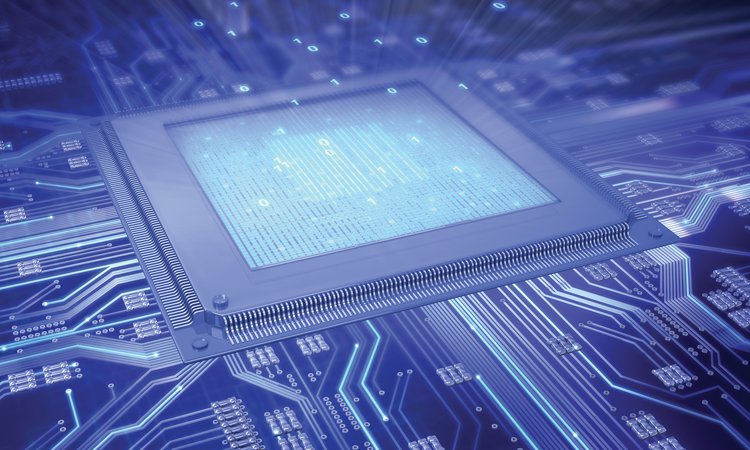Feature
Optical Computing: Past and Future
All-optical information processing has a checkered past—but technological developments, tougher problems and the rise of big data are all prompting a new look, as highlighted in a recent OSA Incubator Meeting.

[iStock / Petrovich9]
Optical techniques, used extensively to communicate, store, display and sense information, thus far have not found widespread acceptance in processing it—that is, in computing. Here, we look at some of the reasons that optical computing has yet to gain traction—and at possible future directions for optical-computing research. (We exclude discussion of recent research activities exploiting photons with quantum entanglement—optical quantum computing—and focus on systems that implement optical computation via more classical behaviors.)
…Log in or become a member to view the full text of this article.
This article may be available for purchase via the search at Optica Publishing Group.
Optica Members get the full text of Optics & Photonics News, plus a variety of other member benefits.
